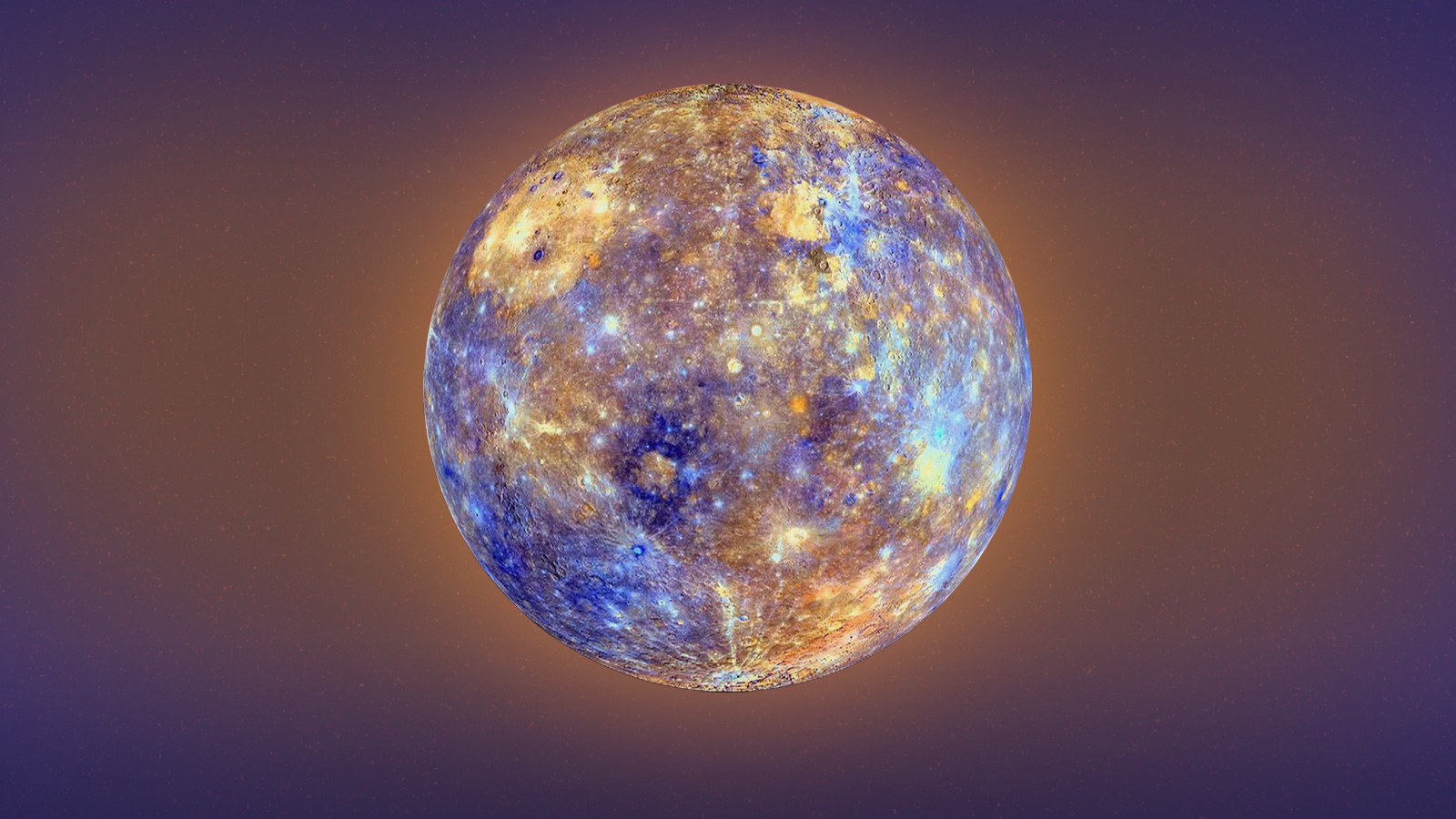Mercury is the closest planet to the sun, and thus receives the most direct heat. Among the eight planets in the Solar System, Mercury has some peculiar characteristics that make it quite different from other planets. Find out more interesting Mercury Facts on this list we gathered for you.
The name Mercury was actually given by the Romans.
Mercury and Venus are the only planets in the Solar System that do not have moons.
Mercury is the second densest planet after Earth.
Mercury has the largest range of surface temperature found on any planet.
Mercury is also called a morning or an evening star due to it is brightly visible in the sky just before the sunrise and just after the sunset.
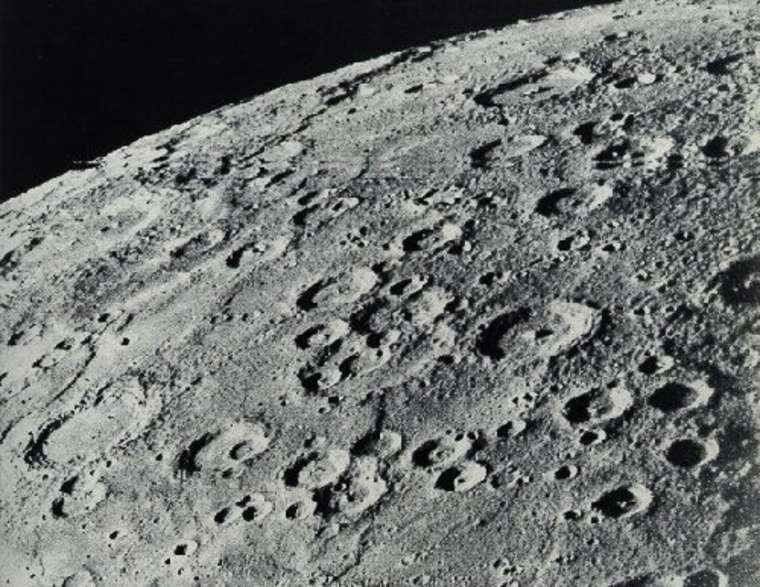
Mercury’s surface has three significant features – craters, plains, and cliffs.
Mercury is one of the five planets in the solar system that are visible to the naked eye.
Galileo Galilei observed Mercury for the first time in 1631.
The least circular and the most eccentric orbit in the solar system belong to Mercury.
The volume of the Mercury is 60,827,208,742 cubic km.
The mass of the Mercury planet is 330,104,000,000,000,000,000,000 kg.
The atmospheric constituents of Mercury are Nitrogen, Oxygen, and others.
Mariner 10 is the first spacecraft to visit Mercury and he made a stunning discovery.
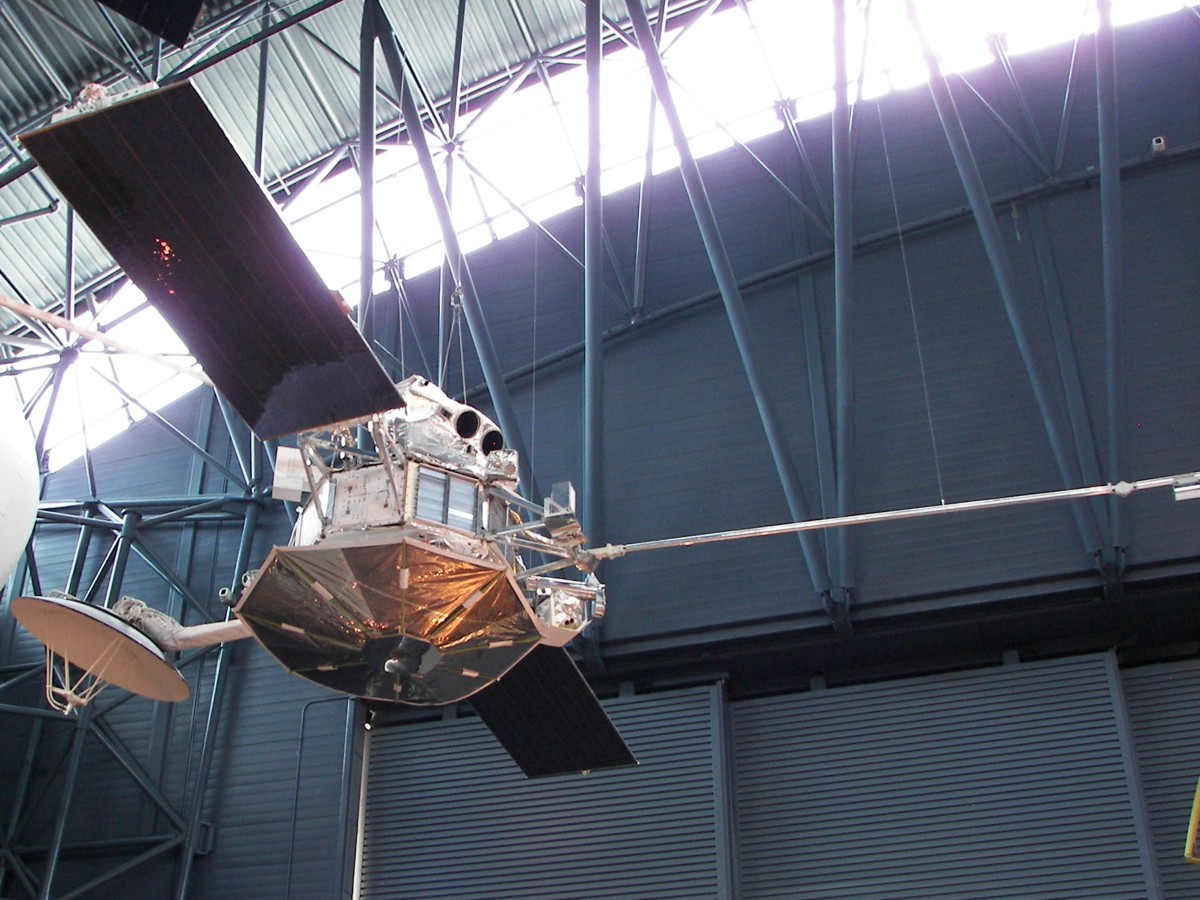
Mercury travels around the sun at a speed of 180,000 kilometers per hour or 112,000 miles per hour.
When Mercury reaches near to Sun, on that time, if anyone can stand on Mercury, can see the sun at least 3 times bigger.
Though the temperature on Mercury can reach up to 840°F during the day, this planet is still believed to have water ice on it.
The outer shell of Mercury is merely 500 to 600 kilometers or 300 to 400 miles wide.

The surface area of Mercury is 74,797,000 square km.
The surface gravity of Mercury is 3.7 meter per second square.
Because of the weak gravitation of Mercury, the gases from its atmosphere constantly escape to outer space.
The inner metallic core of Mercury is iron while the external shell is a silicate.
Mercury’s equatorial circumference is 15,329 km.
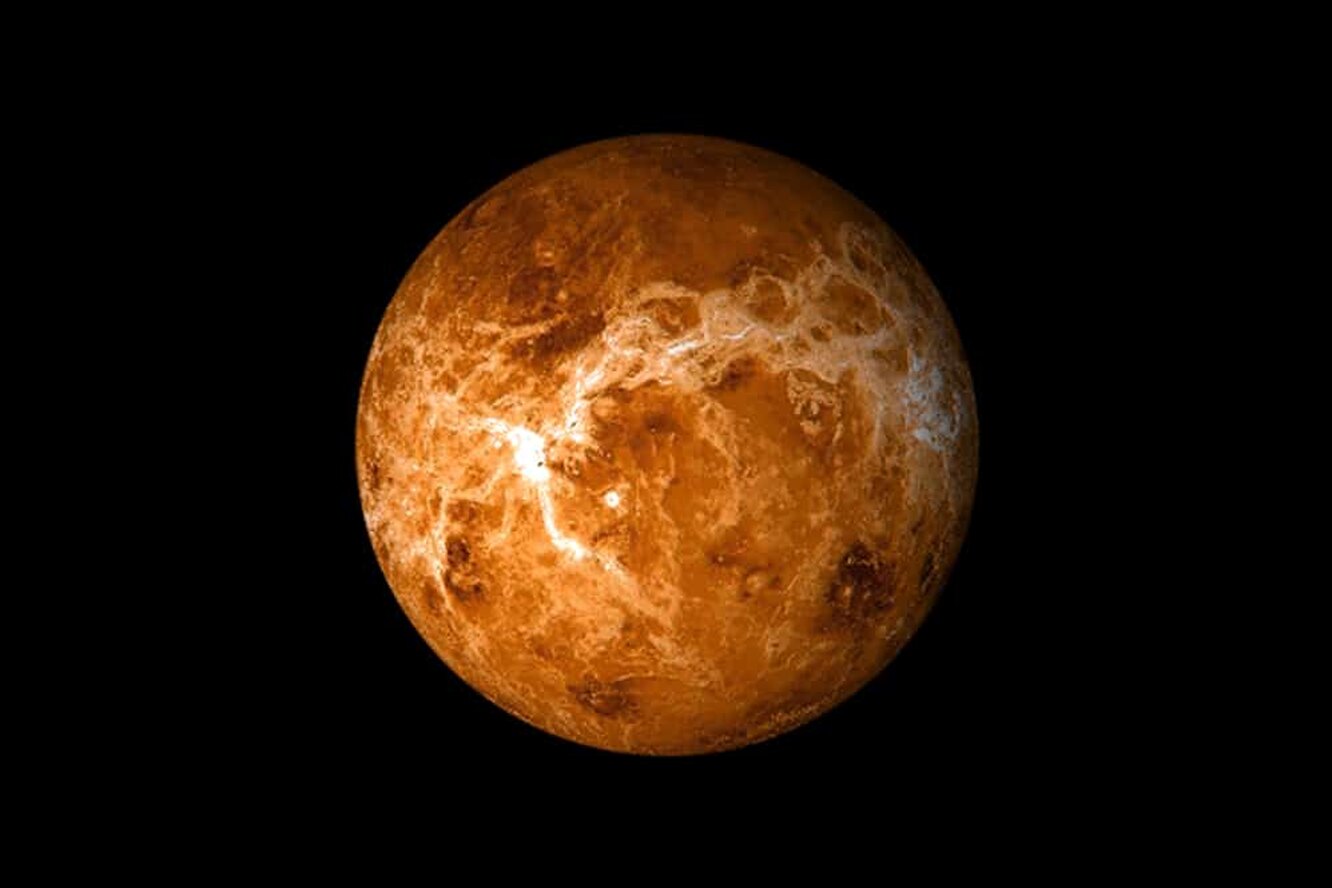
The largest crater caused by the impact on Mercury is the Caloris Basin. This crater is 1,550 km in diameter and was discovered by the Mariner 10 probe in 1974.
Mercury has wrinkles on its surface called Lobate Scarps.
The rays of the sun are approximately seven times stronger on Mercury than they are on Earth.
The surface temperature of Mercury is minus 173 to 427 °C.
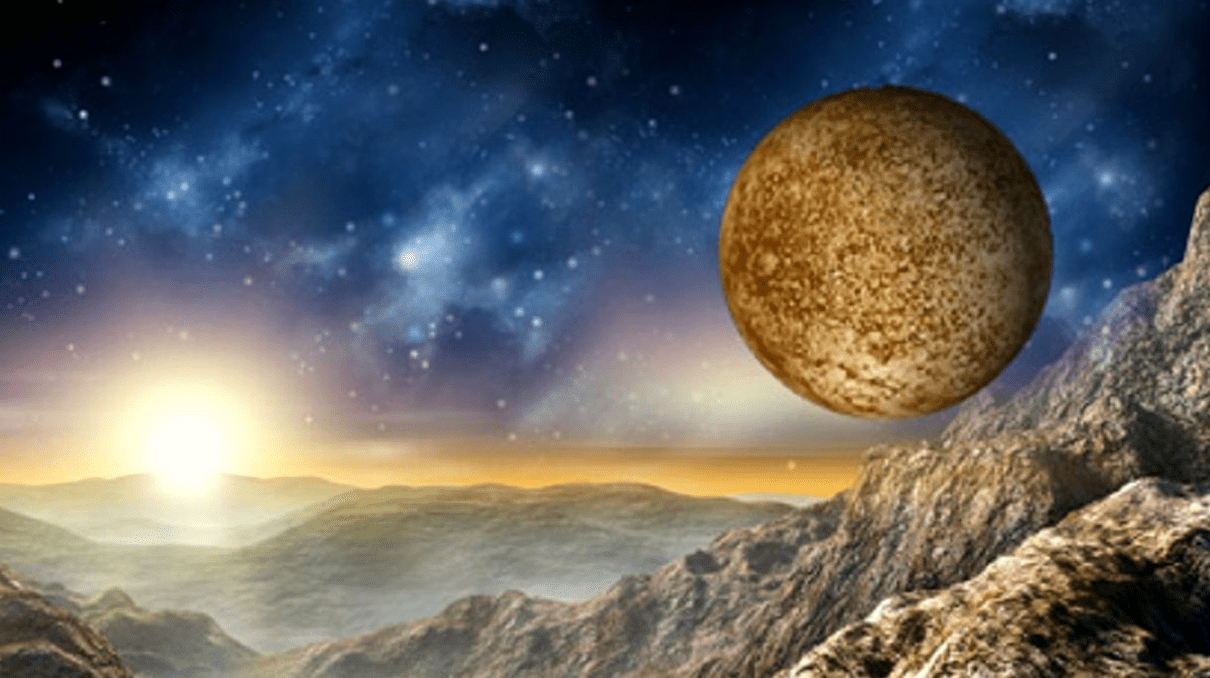
The Density of the Mercury is 5.427 grams per cubic centimeter.
As per the analysis by the scientists, mercury has shrunken in size. It has lost 1.5 km of its diameter.
Mercury is also a tectonically active planet like Earth.
Mercury has seen only two guests from Earth.
There are no seasons on Mercury.
In April 2015, NASA’s spacecraft “MESSENGER” crash landed on Mercury.
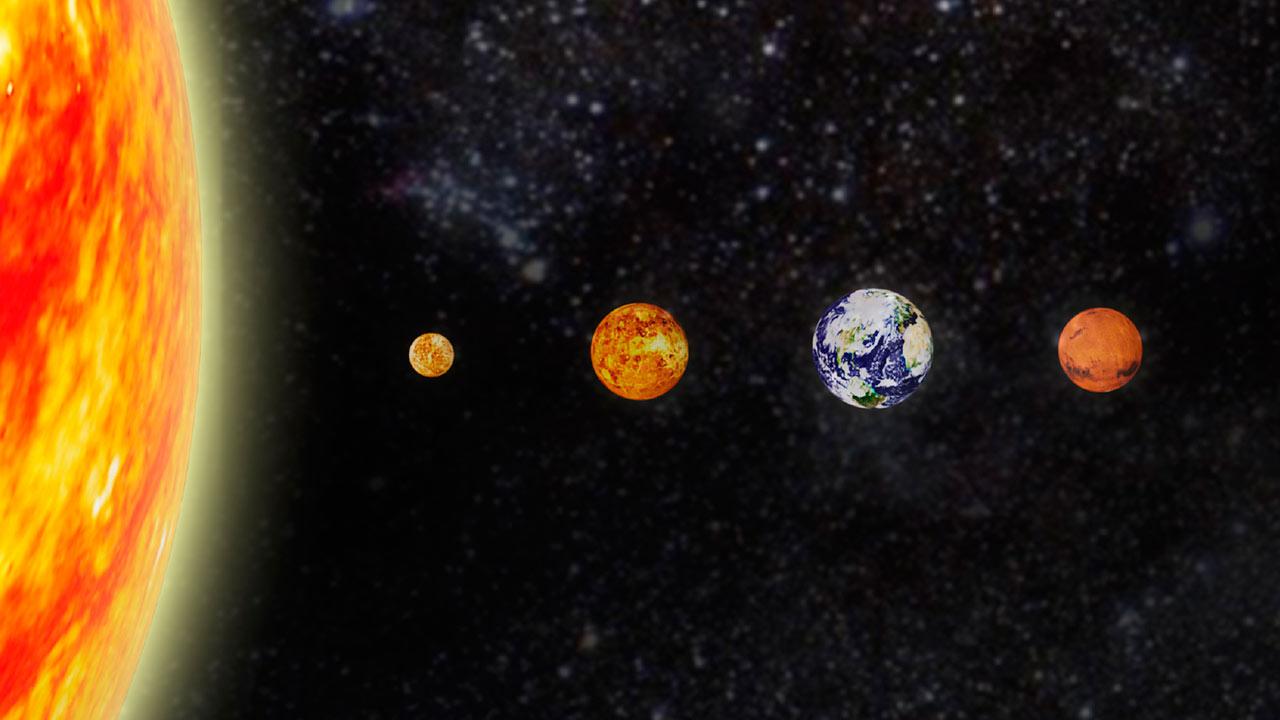
Mercury’s surface is similar to that of Earth’s moon.
Mercury is the second hottest planet in the Solar System.
Mercury is closest to the Sun as compared to other planets.
At an incredible speed of 180,000 km/h, it is the fastest planet to travel through space.
Mercury completes one revolution around the Sun in 88 days.
Mercury is greyish-brown in color.
Mercury’s magnetic field is just 1% of that of the Earth.
